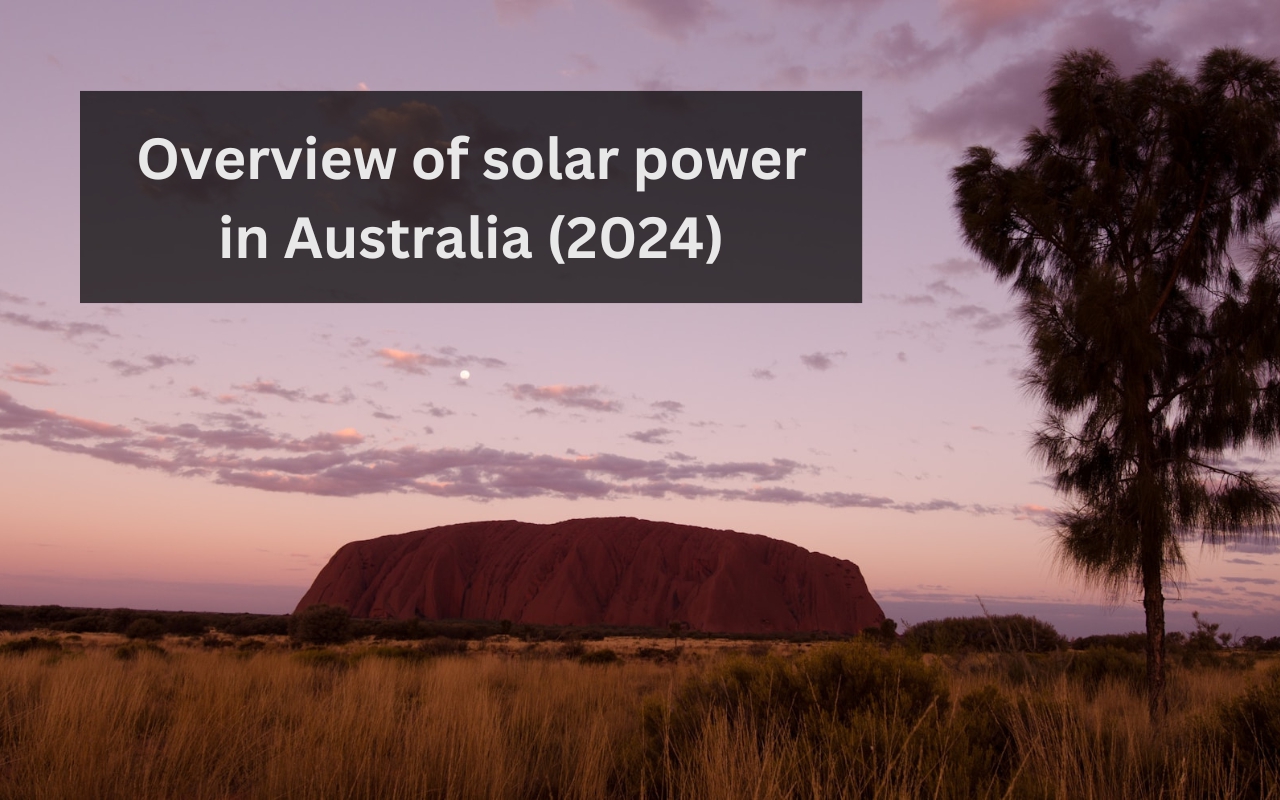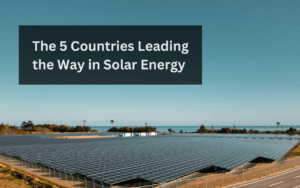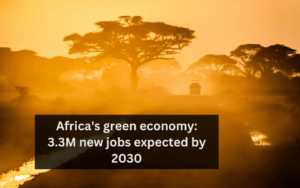Solar power plays a crucial role in Australia’s energy landscape, generating about 10% of the country’s electricity in the 2020-2021 period. This renewable source is the fastest-growing type of generation across the nation. Solar PV’s significant contribution is driven by both individual households and large-scale industrial projects.
More than 30% of Australian homes now harness the sun’s energy through rooftop solar systems, boasting a combined capacity of over 11 gigawatts (GW). This domestic uptake has not only reduced dependence on traditional power grids but also significantly cut energy bills for millions. On a larger scale, Australia has almost 7 GW of solar generation connected to the electricity grid through expansive solar farms.
Australian household and business adoption
Rooftop solar systems have become a common sight across Australian households and businesses, with more than one in three homes now equipped with solar technology. This widespread adoption has not only pushed the total rooftop solar capacity beyond the 20 gigawatt (GW) mark but has also made solar power a major player in the country’s energy mix.
For households, the benefits are twofold: substantial reductions in energy bills and decreased reliance on the traditional power grid. This shift has helped many families manage their electricity costs more effectively, especially during peak usage times. Businesses, too, have tapped into these advantages, seeing rooftop solar as a smart investment to cut operational costs and enhance their sustainability credentials.
The impact on Australia’s electricity generation is profound. Rooftop solar alone now accounts for approximately 11.2% of the nation’s power supply.

Government initiatives and support for solar power
Australia’s government is playing a key role in accelerating the adoption of solar technology. A prime example is the Solar Sunshot manufacturing support program. This initiative allocates $1 billion to enhance local solar product manufacturing, reflecting a strong commitment to fostering home-grown renewable energy solutions.
In addition to manufacturing support, the government is considering significant incentives for home battery systems. These proposed incentives could offer up to $6,500 per household, making energy storage more accessible. This step is crucial as it allows families to store solar power for use during peak times, further reducing electricity costs and reliance on the grid.
Regional solar growth and projections
Australia’s solar energy sector is rapidly expanding compared to other Southeast Asian nations. With a current installed capacity significantly higher than many regional counterparts, Australia stands out as a leader in solar power development. For instance, in 2023, New South Wales set a new record by installing 970 MW of rooftop solar, the highest annual capacity added by any state in the region.
In terms of future projections, the growth of solar PV in Southeast Asia is expected to surge, potentially doubling from around 25 gigawatts in 2022 to over 100 gigawatts by 2030 in a net-zero scenario. This presents a substantial opportunity for Australia to not only meet its domestic energy demands but also to become a major solar energy exporter, particularly to energy-hungry markets like Singapore.

Australia is uniquely positioned to leverage this growth through projects like the Australia-Asia Power Link. This ambitious $19 billion venture aims to supply up to 15 percent of Singapore’s energy needs via an undersea cable, marking a significant step towards regional energy integration.
Recent developments and future projects in the solar space
Australia has recently made a significant stride in its solar energy sector by granting environmental approval for the ambitious $19 billion Australia-Asia Power Link project. This project is designed to export electricity directly to Singapore. Once completed, it is expected to meet up to 15 percent of Singapore’s energy needs, showcasing Australia’s capability in renewable energy on an international scale.
The project, which will see the installation of a vast 12,000-hectare solar farm in Australia’s Northern Territory, is not just a milestone in renewable energy production but is also projected to create approximately 14,300 jobs. This initiative marks a major step towards transforming Australia into a renewable energy superpower, as highlighted by Australia’s Environment Minister.

Challenges and market dynamics
Australia’s ambitious solar projects face a variety of challenges that span operational, environmental, and regulatory realms. Environmental approvals, such as those granted for the Australia-Asia Power Link, come with stringent conditions to safeguard local wildlife and ecosystems, illustrating the complex balance between development and conservation.
Regulatory hurdles also play a significant role, with projects like the Australia-Asia Power Link requiring approvals not just in Australia but also in Singapore and Indonesia, each with its own set of regulations and standards. These multilayered approval processes can delay project timelines and add to the complexity of cross-border energy initiatives.
Politically, energy production in Australia is a contentious issue. The ongoing debates surrounding the introduction of nuclear energy showcase the divergent views within the country. The government’s stance on renewable transitions contrasts sharply with opposition proposals to establish nuclear power plants. These discussions reflect broader economic and strategic considerations about the best paths forward for Australia’s energy sector in achieving net zero emissions by 2050.
For further reading, check out the following resources:
You may also be interested in the following articles:





